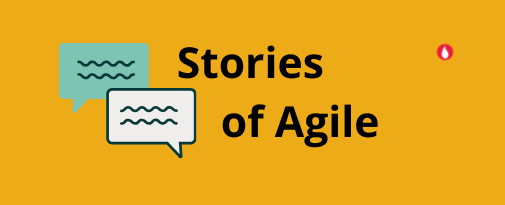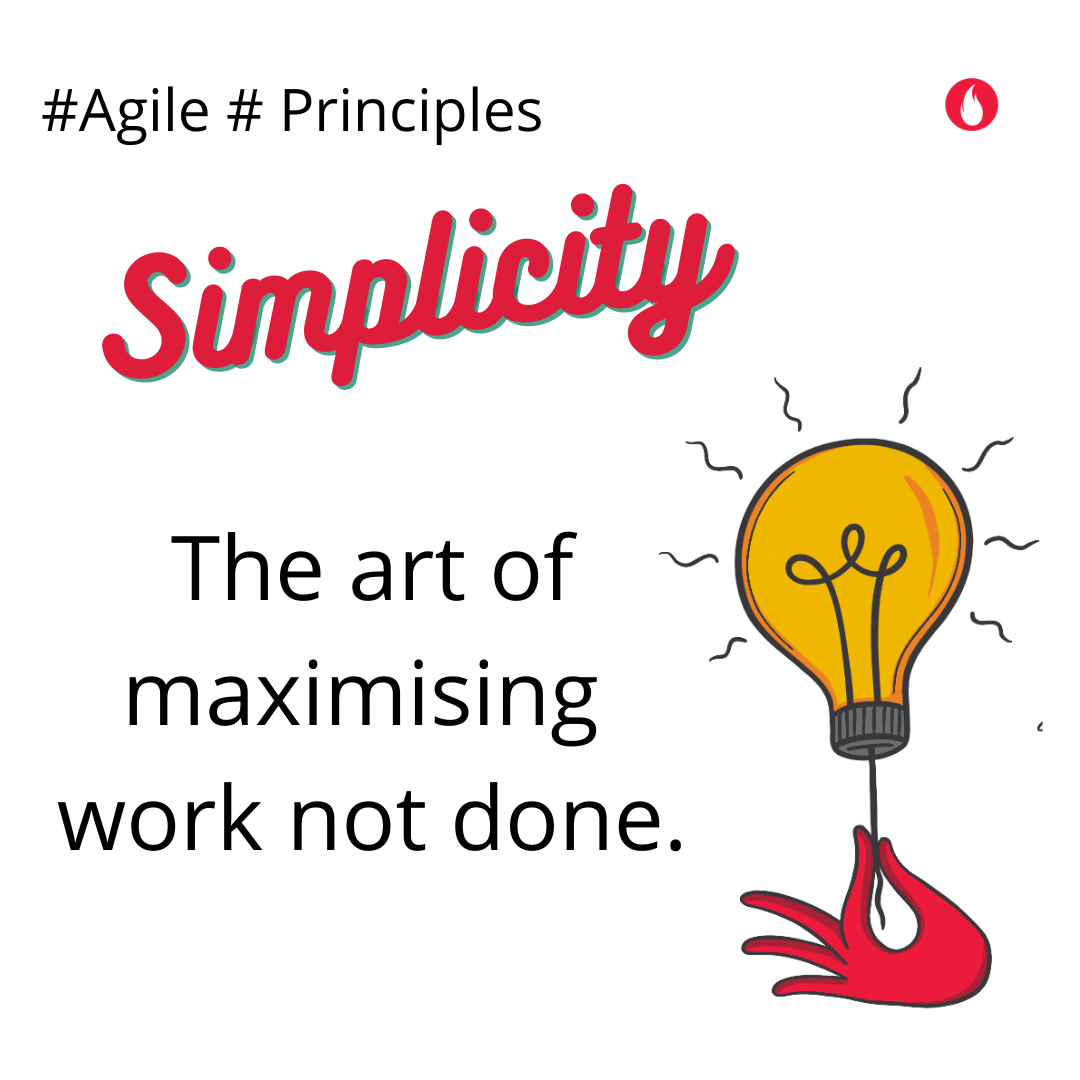Success has many facets and metrics. For an organisation or a business team, success could mean increase in revenue, cost savings or new product launches. Could teams think of success as being less busy to achieve better outcomes? In this edition we carry a story of a team which went through an Agile transformation and achieved all this. Slowing down to go faster, doing less to achieve more are the key principles of Agile evident in this story of NPR, an independent non-profit media organisation. Let’s find out how they did it.

NPR Story
It was late 2010’s, NPR was having issues. The economic crunch meant budgets were hard to come by. Their last product launch was 5 years ago and it had failed miserably. They had created no new products for 5 years. The NPR board handed them a directive to find ways to produce more with lesser budgets and resources.
The content team at NPR found inspiration from their digital media team colleagues. Digital media team was responsible for supporting the newsroom and audience through digital content management. This team took care of the publishing systems, website, apps, analytics, support and eta all. The digital media team had adopted agile ways of working much earlier and were able to share best practices.
The NPR content team adopted agile and iterative ways of working. They implemented the core idea of the show without trying to get everything right. They focussed on creating 10-12 episodes to get feedback versus developing all content. The team released the show and collected feedback through social media and viewership. They invested on ones that were working and tweaked others, abandoning many. The crux of their efforts was on reducing the number of things they worked on at a time. This did not come easy to the team used to being busy. They even felt guilt at focussing on only one task! Here is how teams at NPR experienced this shift to Agile.
NPR and Agile
NPR created cross functional teams who worked on a prioritized list of tasks. The entire team was not comfortable with Agile. For many of them it was their first exposure to this way of working. Instead of pushing for faster adoption, NPR slowed down. Even though they had pressing deadlines they decided to go forth steadily.
Teams first adopted only the ‘morning stand up meeting’ for 15 minutes. Team members answered three simple questions (1) What did I work on yesterday? (2) What will I work on today? (3) What impediments do i face? Conversations were initially awkward. With a little bit of prodding and humour they soon began to flow.
Next the team got itself a visual board. A place where the team could visually see in one place all the things they were working on. Next came the sprint planning meeting and deciding what they would do in the two-week duration. Their experience with sprints itself is interesting. Once what they will work on in the sprint was locked in, teams had complete autonomy to work on it.
For two weeks teams worked with complete independence and worked on only one thing at a time. The team felt it was indulgent to work on only one thing at a time, while the rest of the studio juggled multiple projects. They were surprised that their outcomes were far better in quality and quantity in the medium term. By slowing down and focussing on the most critical thing, NPR met its deadlines of even a merger.
Agile and maximising the art of doing less.
This story brings us to a key principle of Agile Manifesto. Which says for being Agile “Simplicity — the art of maximizing work not done — is essential.” Agile helps by focussing the teams on the most critical and essential elements. It prevents us from getting lost in our long to do lists. It stops us from straying far from the essentials. From resting on our busyness by asking hard questions of us. Agile ways of working ensure we ask ourselves often, why are we doing this? What is the outcome we want to achieve? What should we keep doing and what should we change to get the outcome?
Agile helps us find better ways to reach our goals. Many a times these ways could mean going slower to reach faster. They could mean doing less and one thing at a time to achieve more.
Apart from one story which captures the human centric change in the world of Agile, the Agile OWL brings to you every fortnight, the latest reads, books, trivia, and quote from the world of Agile and its methodologies. Stuff that caught our attention. This is edition 30 and we carry seven useful links for you. Tell us what you thought of them.

From social media:
- Why are hyperlinks blue? Have you ever wondered? Here is a report from Elise Blanchard as she follows the trail of figuring out, who decided hyperlinks were blue. An early browser (Mosaic) released by Marc Andreessen and Eric Bina in 1993 had blue hyperlinks. It also has to do with colour monitors and lots more. Read it here.
From the bookshelf:
- Agile Estimating and Planning by Mike Cohn is our recommendation for the week. The book captures practical tips and aspects of agile implementation. Even many seasoned Agile professionals have found value in reading and re-reading this book.
From the tool box:
- Here is simple playbook on finding ways to enhance creativity in your teams. It has tips on how to model it, celebrate it and enable it! Read more here.
From the trivia & fact box:
- NPR a syndicate of 750 radio stations in the US, has the audio recording of the only known eye-witness of the Gettysburg address by Abraham Lincoln, on Nov 19, 1863. This speech is considered the finest speeches in the world. This audio account is even more important because historians differ on what exactly Lincoln spoke that day! Read more here and listen on Lincoln’s birthday.
#AgileQuotes to sign off:

Note : This post is Edition 30 of the Agile OWL from the OWL umbrella. The Agile OWL is a newsletter focused on the human experiences and stories within agile transformations. Sign up to receive the newsletter here



